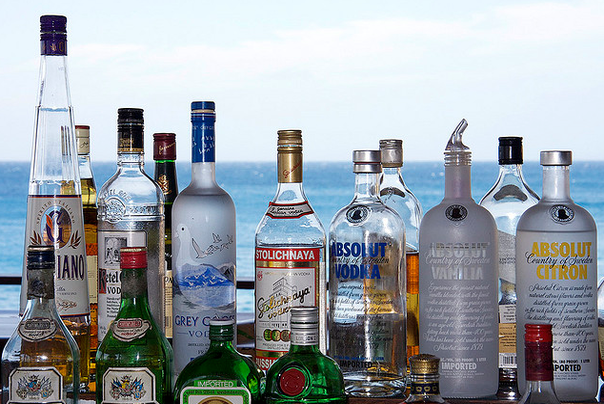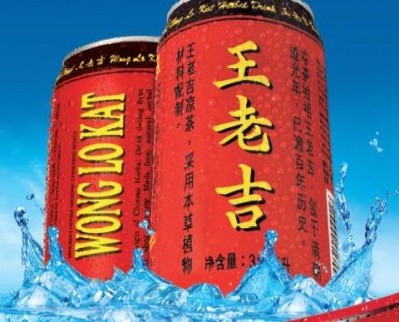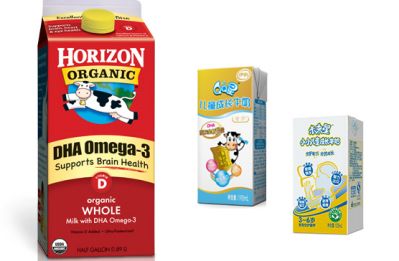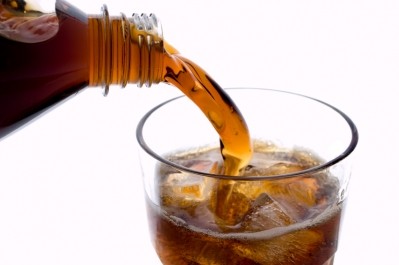Companies crave category leadership, but Euromonitor warns against 'war is won' illusion

Euromonitor International senior data scientist Virgilijus Narusevicius, examines category leaders across FMCG industries in a recent company blog post, and calculates the average market share necessary for leadership in each sector.
“It’s a bit counterintuitive, but too high market share poses a threat to dominant player itself – lack of competition could create an illusion that the ‘war is won’ and impose less investment in R&D and marketing, which might result in overall category decline – consumers might be pushed to look for substitutes or just spend less money on the same category, as it would seem less attractive,” he told FoodNavigator.com this morning.
40% the sweet spot, for a healthy 'leader's' share
“From our viewpoint, an average concentration of top 10 players is around 40% and perhaps we could call it a 'healthy' level. An alternative way would be to calculate HHI [Herfindahl Index*] for the industries,” he added.
Leadership, Narusevicius notes in his blog post, allows price setting power and a better ability to influence category trends – economies of scale are possible, while manufacturers are in a stronger position in negotiations with retailers and suppliers.
Euromonitor’s data shows that a 54% market share will win you category leadership in tobacco – at the top end of the scale of category leader shares, averaged on a global basis – while only 11% is necessary to attain the same status in Apparel and Footwear.
Why do you need a lower share in hot drinks and packaged food?
In terms of the categories that interest FoodNavigator.com readers, in alcoholic drinks (AD) you need a 49% share, in soft drinks (SD) 48%, in hot drinks (HD) 42% and in packaged food (PF) 39%.
Why do you need a lower leader share in hot drinks and packaged food? “Within these industries AD/SD seem to have more clearly defined category leaders,” Narusevicius told us.
“Though there are clearly defined category leaders in some PF/HD categories too, but overall PF/HD appear to have more companies (conditions of competition could play an important role as well, e.g. how easy it is for new player to enter/leave the market). We argue this is the result of consumer preference for variety in the category which limits potential share a company might get,” he added.
Although we can assume, Narusevicius writes in his blog, that companies want to grow as large as they can in a given category, there are limits to how large a firm can grow its share – even if we only focus on organic growth alone, given regulatory controls on M&A in different world regions.
Undue market dominance draws diminishing returns...
After a certain point diminishing returns begin to appear, he adds, with the costs of chasing additional market share outweigh the benefits derived from it – for instance it ‘costs’ a company with a 60% market share more to chase additional share than for a company that only holds a single-digit share.
Moreover, as Narusevicius said at the top of this article, after a certain point retailers and consumers start to demand variety and tend to reward smaller, never companies over established names.
“Also, as companies get bigger, they might begin to lose out in terms of innovation, limiting potential expansion. Retailers might want to keep the bargaining power over a more diversified group of suppliers and will prefer to give more companies shelf space,” he writes.
*The Herfindahl Index is an economic concept widely applied in competition law and antitrust. It provides a measure of company size in relation to industry, and indicates levels of competition.







